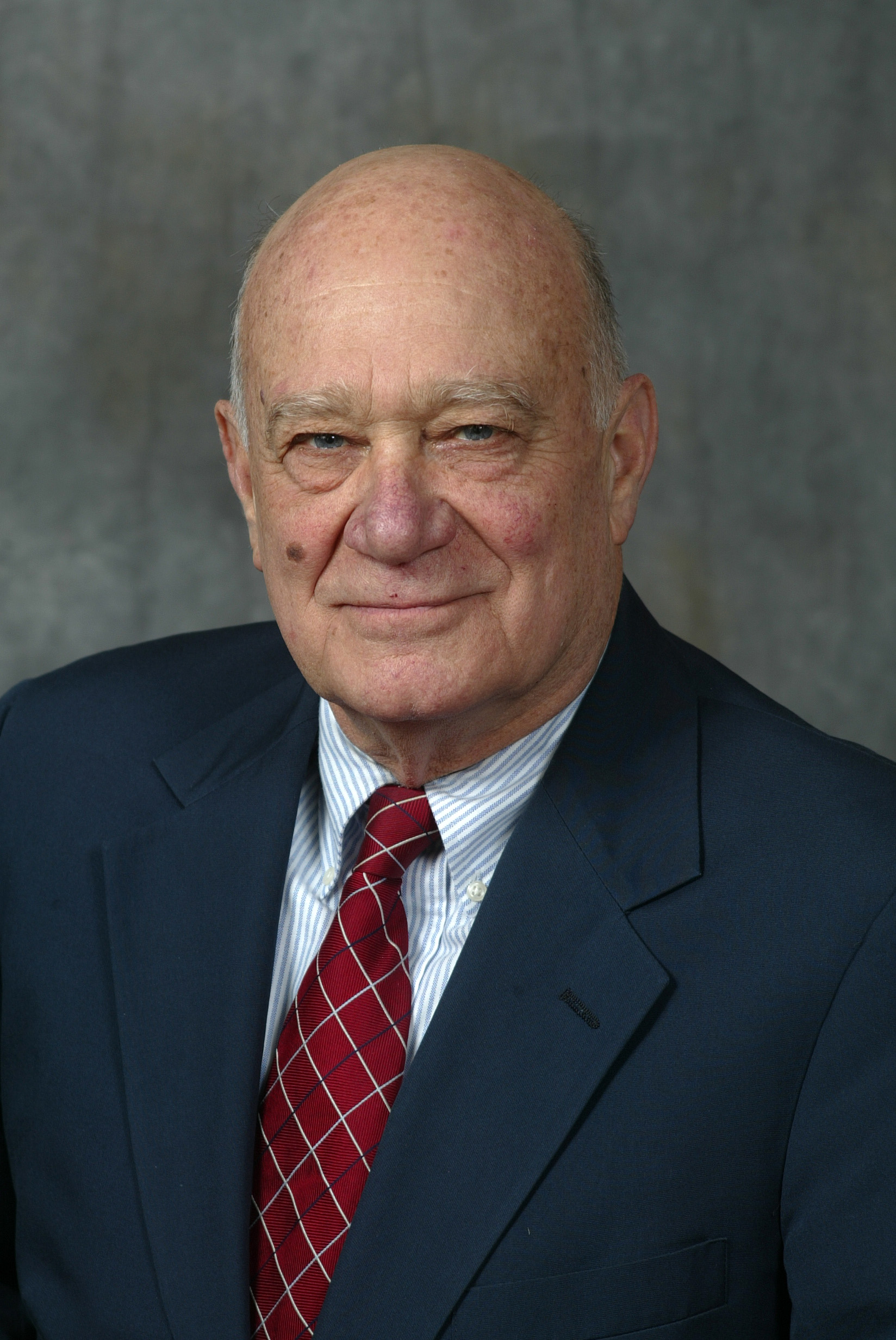During the past few weeks, two females have boosted the joys of my life. My granddaughter Beatrice Sargeant was born on Jan. 18. It is dazzling to hold a newborn in your lap eight hours after she arrived; then to note how much she advances and changes over the period of a short month.
During the past week, I joined friends and her relatives for a celebration of the 95th birthday of my long-time pal and Hofstra colleague, Zenia DaSilva. I can hope that the arc of Beatrice’s life will resemble Zenia’s.
I first met Zenia when I arrived at Hofstra in 1960. When she retired near her 90th birthday, she had become the longest-serving member of the University in its history. It was a particular honor for me to be paired with Zenia as bearers of Hofstra’s symbols when the University celebrated its 75th anniversary in 2010.
But Zenia was a standout before I knew her personally. At faculty meetings, her distinctive large hats and colorful dresses caught everyone’s attention. I soon appreciated what colleagues also affirmed, that beyond her stylish fashion, her mind and speech always elevated discourse at those sessions.
She resembled another famous North Shore Long Islander, William Cullen Bryant. He lived in Roslyn Harbor until 1876. His home is worth visiting, especially his library. It was said of Bryant that “he had the wisdom of age in his youth and the fire of youth in his age.”
Like our 19th century Bryant model, Zenia is also a most engaging writer, a person who keeps her sights on the heavens as she navigates our terrain. A few years ago she wrote a memoir: “93 . . . and Counting.” In 2020, she’s been revising a very creative movie script “The Winners.”
I hope folks will have a chance to read the literature of Zenia’s tenth decade (beyond the several publications she did earlier in her career). She displays wit and humor that is often laugh-out-loud-funny. She is a most engaging storyteller, perspicacious in depicting her times, her family and her friends, and with deft skills for building suspense and positivity.
How fortunate in recent years that I often spend time with Zenia at Great Neck’s Temple Emanuel. In addition to its spiritual missions, Rabbi Robert Widom presides over a “spa” for the mind and cultural engagement.
There are magical dimensions at Emanuel in terms of the extraordinary elders who join Zenia and me at its many programs. These super elders, age 90 or above, also warrant celebration: Morty Zimmerman, always attuned to civic matters; Judge Jack Weinstein, who just stepped down as a Federal Judge at age 98, and announced that he planned to study for a history masters’ degree along with his doctor son who also recently retired.
We have Lester Wolff, former Congressman, now in his 101st year who is also writing a book. With this coterie of cultured, civic-minded elders, how fortunate we all are to see and know Zenia in that exceptional setting.
In her memoir “93 . . . and Counting” Zenia Sacks’ ethnic youth is charming and replete with challenges that she meets with superior intelligence and resiliency. People regarded her as a genius; a newspaper described her at a concert as a piano-playing prodigy when she was age five.
In 1940, at age 15, Zenia entered NYU where she met Al DaSilva, the love of her life.
Al was a senior, four years older, president of the student body and a national oratory winner. Zenia gives a sparkling account of the war years as she and Al moved toward marriage in 1946 while resourcefully expanding graduate studies and exceptional careers. All of this is related with modesty and in a conversational fashion that draws a reader enthusiastically into Zenia’s world as it expanded beyond its Brooklyn origins.
Al became an accomplished entertainment lawyer whose dazzling sense of humor enabled him to charm and entertain friends and relatives. Surely, one of the great bonds in the Zenia-Al marriage was their shared ability to appreciate the comedic and ironic aspects of life and societies.
When Zenia’s father was in the last phase of his life in 1976 he asked her “to tell him the good things that were happening in the world.” Zenia’s commentaries to her dad reveal a great deal about both of them. Indeed, her memoir is a most engaging ethnic journey, portraying her friends and exceptional family from the 1930s to the present. She also includes some dazzling illustrations that vividly portray the 20th century.
Zenia’s new humor film “The Winners” displays her wit, her continuing ability to explore complex relationships, and the twists and turns in most lives. Reading it will put many smiles on your face.
Thanks for the all joys Zenia.



